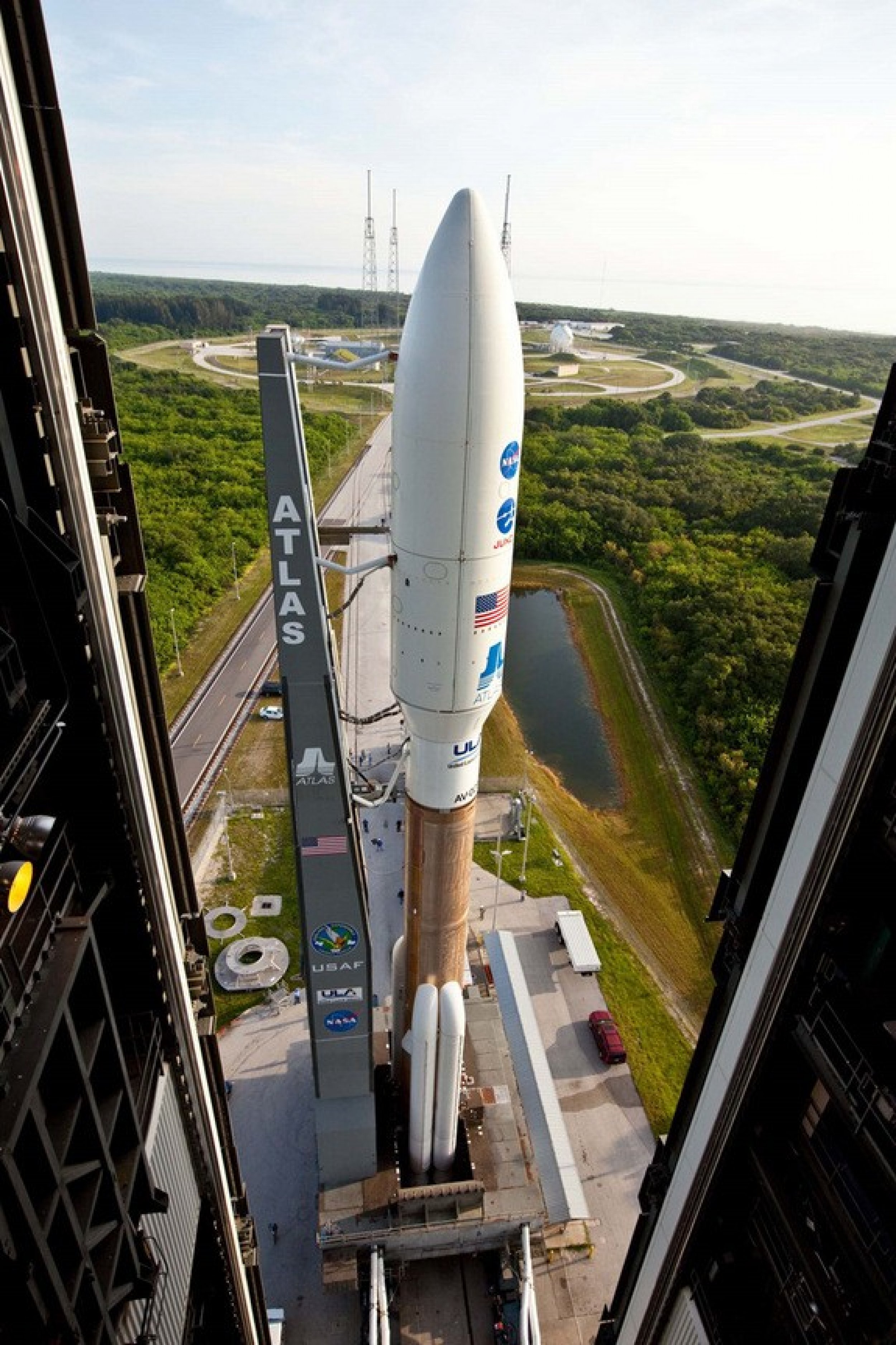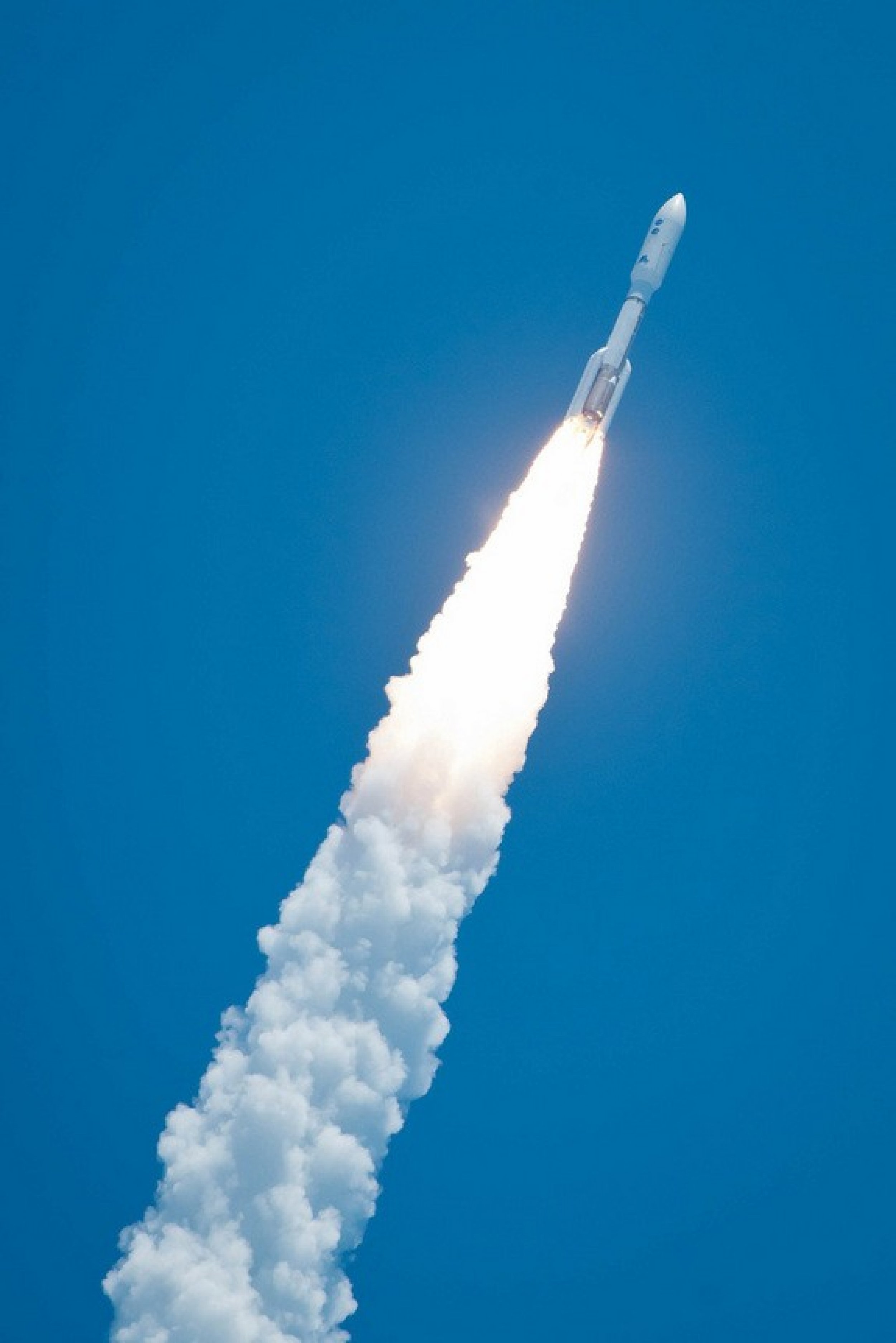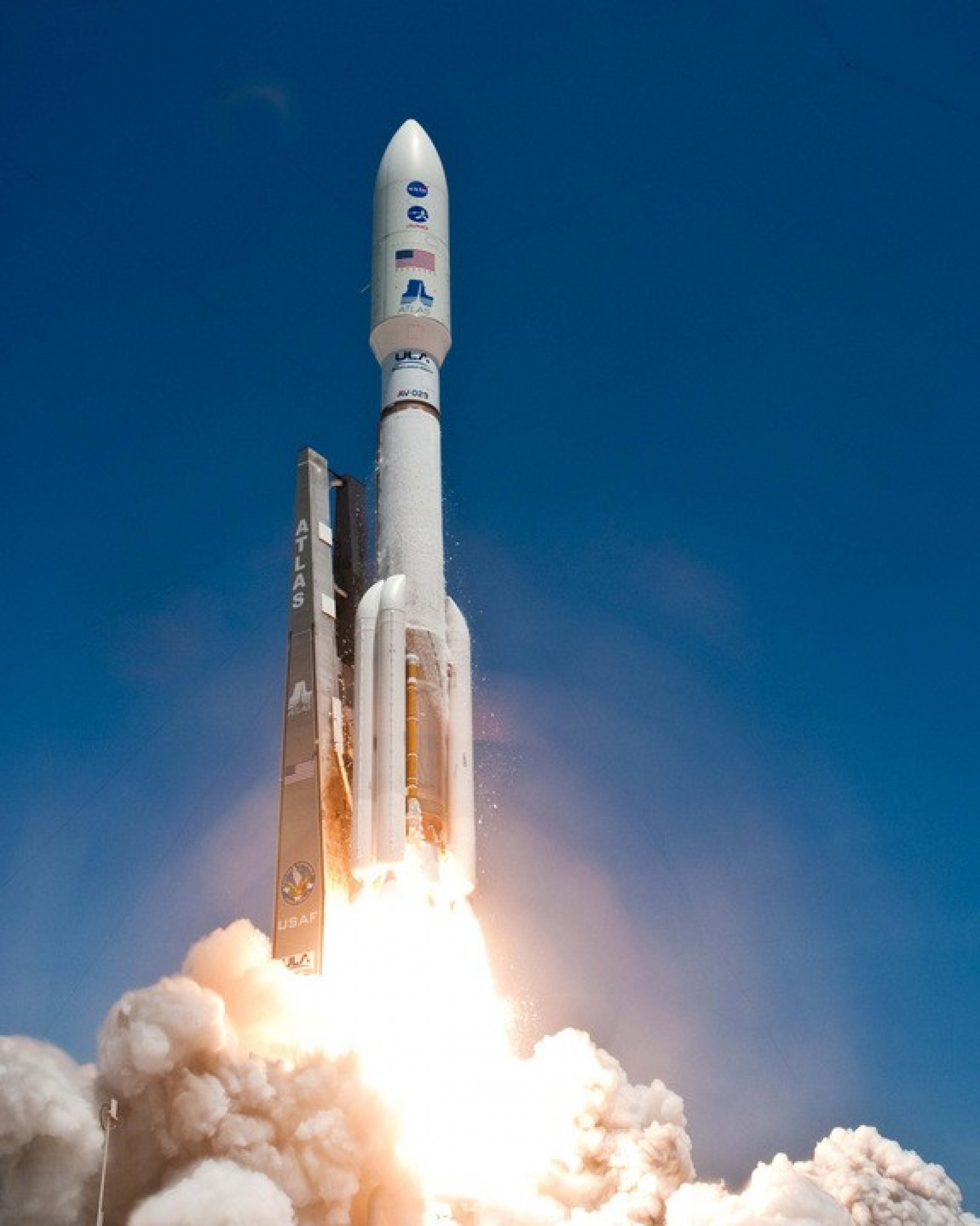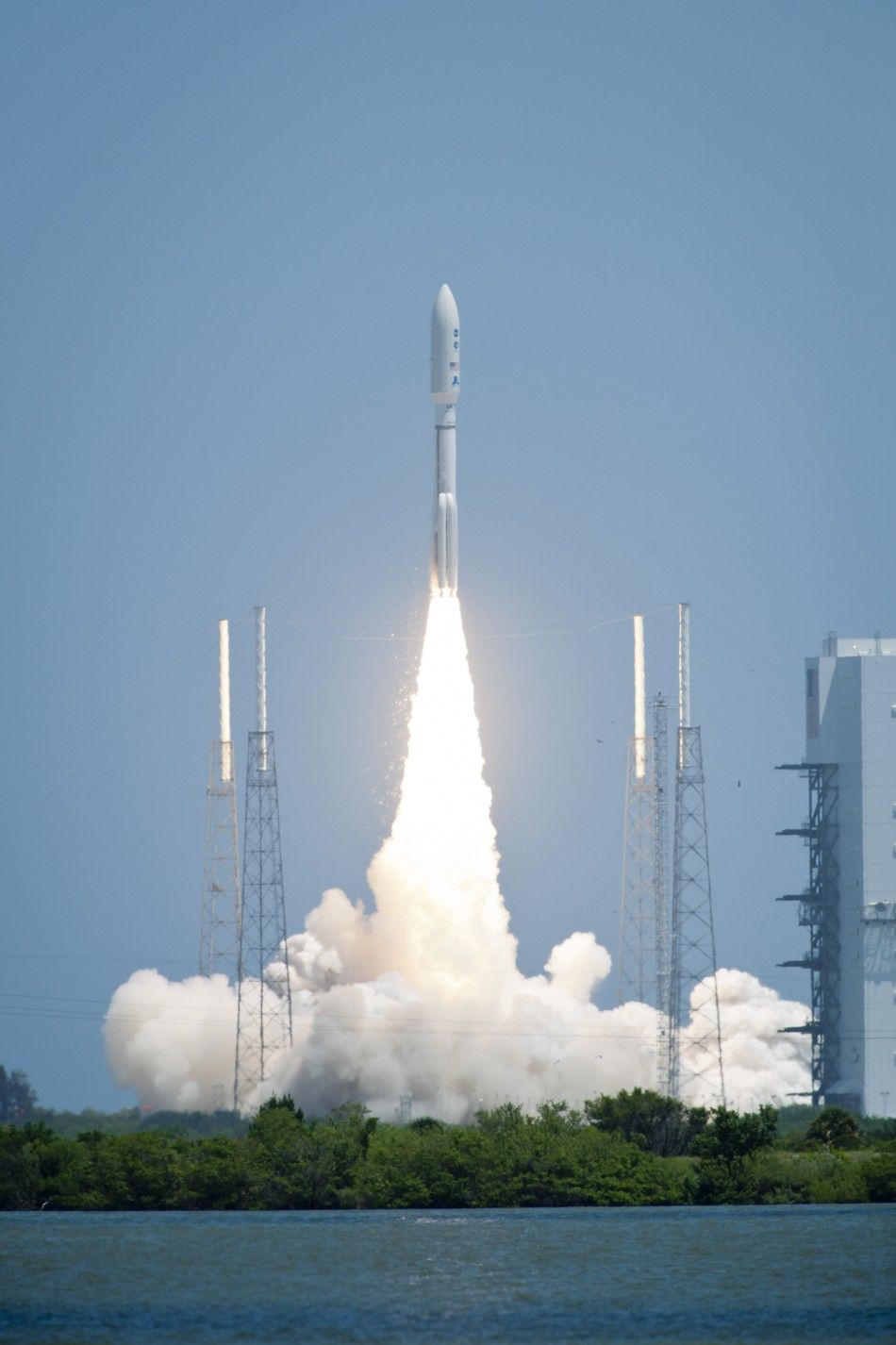Journey to Jupiter: Juno Lifts Off with LEGO Figurines to Unveil Giant's Mystery
Starting a five-year-long journey, Juno, NASA's solar-powered robotic spacecraft, left for Jupiter on Friday (Aug. 5).
At 12:25 p.m. EDT (1625 GMT), Juno launched an unmanned Atlas 5 rocket from Florida's Cape Canaveral Air Force Station. The robotic probe should settle in the orbit of the largest planet in the solar system in July, 2016, after travelling 1,740 million miles.
After settling at Jupiter's orbit, Juno will study the planet for one year to learn how and when it existed. The study will help to understand the planet formation processes as well as the evolution of the solar system, researchers said.
The spacecraft, the first ever solar-powered craft to travel such a long distance, weighs about 8,000 pounds (3,267 kilograms). It will orbit around Jupiter's poles 33 times, each orbit lasting 11 days and examine it with its collection of eight science instruments.
"It is by far the oldest planet, contains more material than all the other planets, asteroids and comets combined, and carries deep inside it the story of not only the solar system but of us. Juno is going there as our emissary - to interpret what Jupiter has to say," said Scott Bolton, Juno's principal investigator from the Southwest Research Institute in San Antonio.
Jupiter has always been a mysterious giant in the solar system for scientists. They are still not sure whether the gas giant has any solid core of heavy elements, or it's just made of gas only.
Apart from this, the $1.1 billion Juno mission will also investigate and map its magnetic and gravitational fields. It will take photos of Jupiter in visible, ultraviolet and infrared light.
Three LEGO figurines
Juno is also carrying three LEGO figurines that represent the Roman god Jupiter, his wife Juno, and the 17th century Italian astronomer Galileo Galilei, also known as the "father of modern astronomy." While the LEGO Juno holds a magnifying glass that signifies "her search for the truth", her husband Jupiter holds a lightning bolt.
"We hope that that [these LEGO Minifigures] will increase awareness of children about the space program and get them interested. This will also help them understand both the mythological studies that went on... and also the contributions that Galileo made," Bolton said.






© Copyright IBTimes 2024. All rights reserved.












